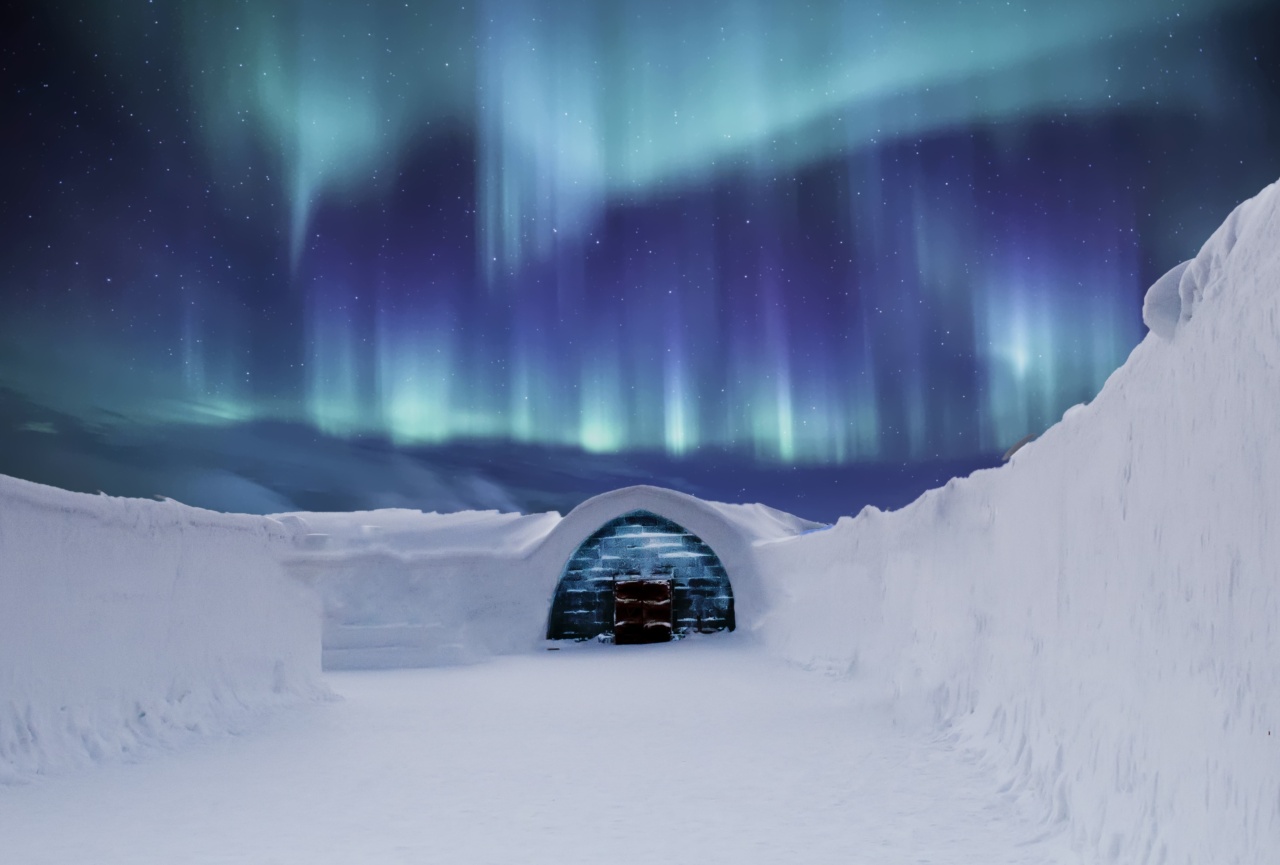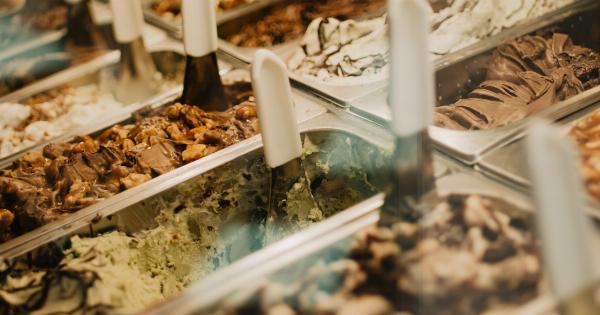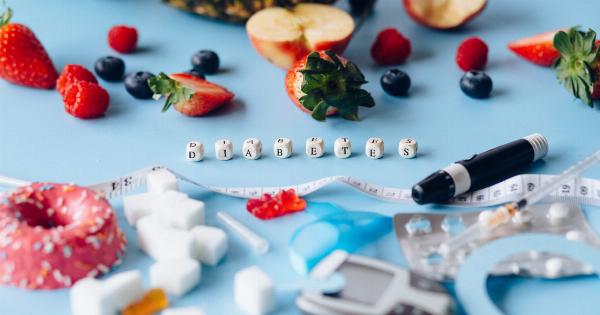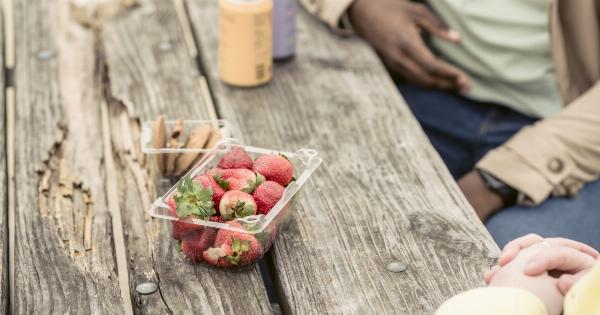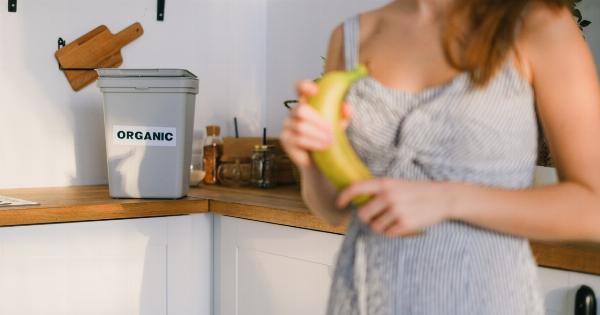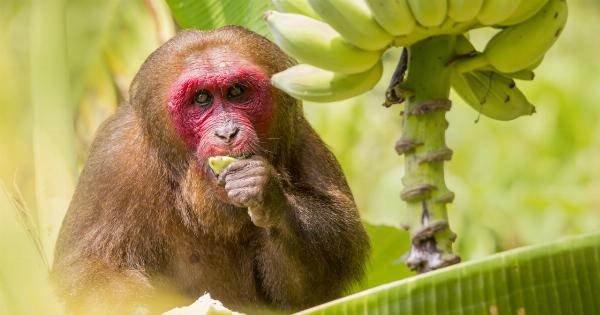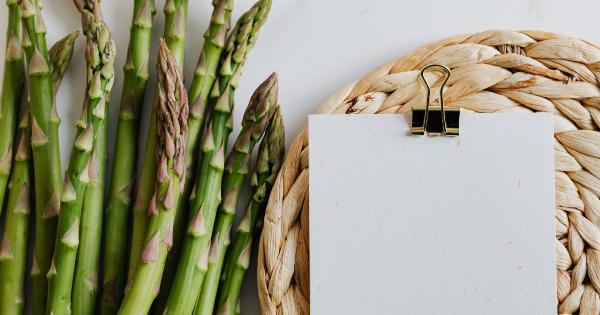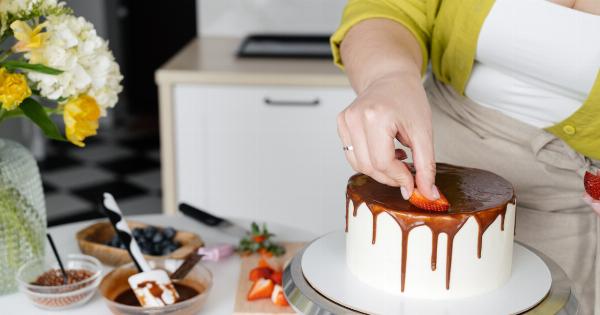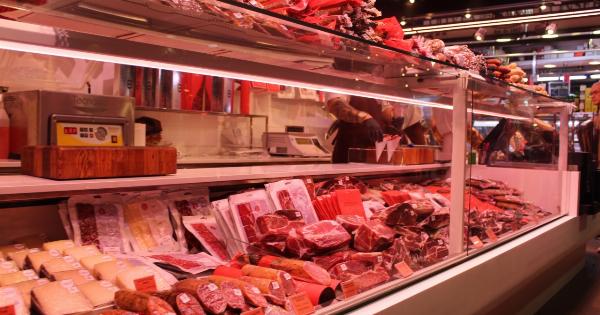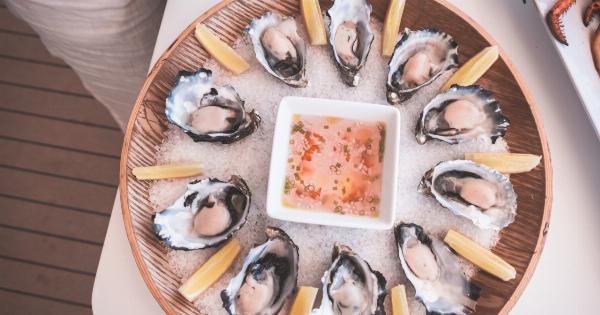Freezing food is a great way to preserve its freshness and extend its shelf life. However, not all foods are suitable for freezing, and some foods may not be as appetizing after being thawed.
To ensure that your frozen meals taste just as delicious as freshly prepared ones, here are five foods to avoid freezing.
1. Fresh Fruits with High Water Content
Fruits like watermelon, citrus fruits (such as oranges and lemons), and grapes have high water content. Freezing such fruits can cause their cell walls to burst, resulting in a mushy texture when thawed.
Instead of freezing whole fruits, consider cutting them into smaller pieces and freezing them in a single layer on a baking sheet. Once frozen, transfer the individual fruit pieces to an airtight container or freezer bag. This way, you can easily use them in smoothies or as toppings for desserts without compromising their texture.
2. Lettuce and Leafy Greens
Lettuce and other leafy greens, such as spinach and kale, have a high water content as well. Freezing these greens causes ice crystals to form within the leaves, resulting in a wilted and mushy texture.
Instead of freezing them fresh, consider blanching the greens before freezing. Blanching involves briefly immersing the greens in boiling water and then immediately transferring them to an ice bath to stop the cooking process.
After blanching, drain the greens thoroughly, pat them dry, and store them in airtight containers or freezer bags.
3. Dairy Products
While many dairy products can be frozen, certain types don’t fare well in the freezer. Products like sour cream, cream cheese, and yogurt tend to separate and become grainy after freezing. The texture change can make them unappetizing when thawed.
If you must freeze dairy products, opt for harder cheeses like cheddar or monterey jack, as they freeze better than softer varieties. However, be aware that the texture may still change slightly.
4. Cooked Pasta
Freezing cooked pasta may seem like a convenient option, but it often leads to disappointment when reheated. As pasta freezes and thaws, it tends to absorb moisture, causing it to become mushy and lose its desired al dente texture.
If you have leftover cooked pasta, it’s best to store it in the refrigerator and consume it within a few days. Reheating it in the microwave or on the stovetop will result in a better texture than thawing from frozen.
5. Crispy Foods
Foods that rely on their crispiness, such as chips, crackers, and certain cookies, lose their texture when frozen. As moisture from the freezing process settles on these foods, it causes them to soften and become stale.
To enjoy the crunchiness of these snacks, it’s best to store them in airtight containers at room temperature. If you need to extend their shelf life, opt for smaller packages that you can finish within a reasonable time frame.
Conclusion
Freezing food can be helpful, but it’s crucial to know which foods are suitable for freezing and which are better enjoyed fresh.
Avoid freezing fresh fruits with high water content, lettuce and leafy greens, dairy products like sour cream and yogurt, cooked pasta, and crispy foods like chips. By avoiding these freezing mistakes, you can ensure that your frozen foods retain their taste, texture, and overall quality when thawed and prepared.
